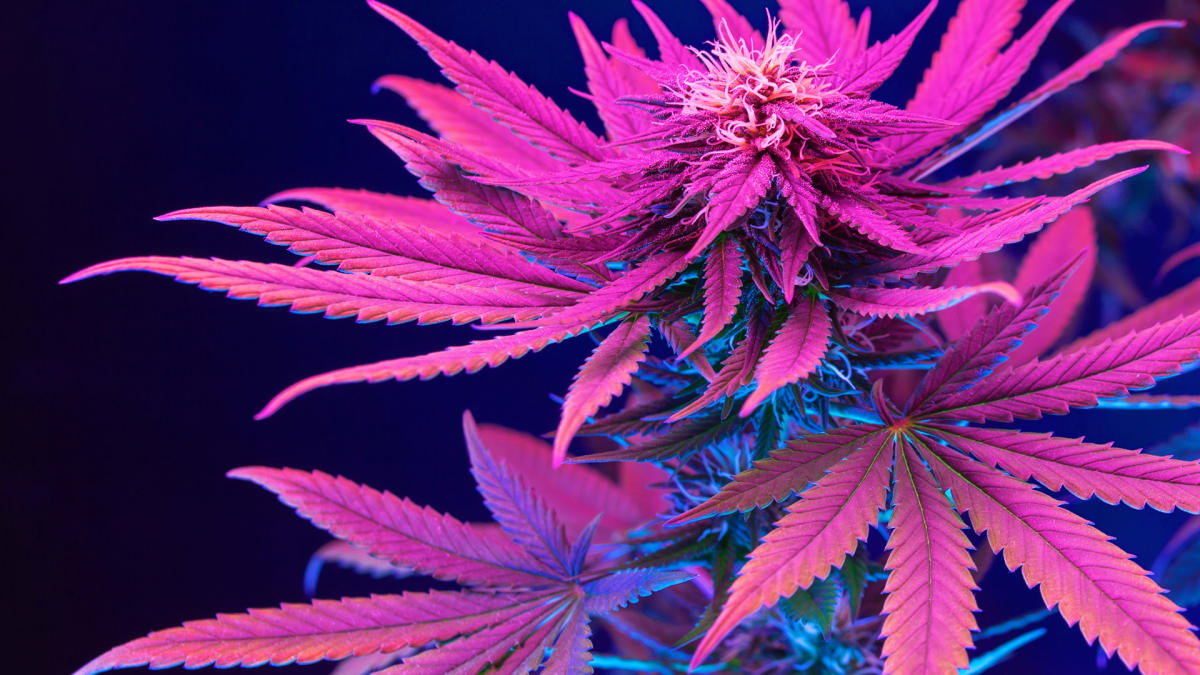
As cannabis and cannabis products make their way further into the mainstream, the expectation is that ads for those products will start to become more widespread.
Alcohol has enjoyed the benefit of mass advertising for decades, but advertising for newly legal activities, like sports gambling, has seen a sharp uptick since the laws governing them have changed.
The legality of cannabis products in some jurisdictions in the U.S. is now forcing Google (GOOGL), the world's biggest advertising platform, to change its own rules.
Starting next year, the company will allow for the promotion of certain CBD and hemp products in California, Colorado, and Puerto Rico.
"On Jan. 20, 2023, the Dangerous Products and Services and Healthcare and Medicines Google Ads policies will be updated to allow for the promotion of FDA-approved pharmaceuticals containing cannabidiol (CBD) and topical, hemp-derived CBD products with THC content of 0.3% or less in California, Colorado, and Puerto Rico.," the company announced.
In the U.S., only CBD products that have been certified by LegitScript, an internet and payment compliance company that lends legitimacy to certain companies that sell products that have a high risk of fraud, will allowed to be promoted on Google.
LegitScripts-approved products must then be certified by Google before they can begin advertising.
The new rules won't apply to every Google advertising platform, including YouTube Masthead, but CBD will be removed from Google's "unapproved pharmaceuticals and supplements" list.
Fears About Widespread Adoption
Opponents of normalizing marijuana use point to the idea that children, the most vulnerable population to long-term ill effects of use, are more susceptible to abusing the drug if use is mainstreamed.
But there is scholarship suggesting that teen use rates have remained unchanged despite legalization.
NORML reported on Monitoring the Future, an ongoing federally funded study of the behaviors of American adolescents.
MTF's study focused on 8th, 10th, and 12th graders in their 2022 findings. Rates of cannabis use in each grade group remained stable for periods including the past year, the past 30 days, and daily.
The self-reported data shows that cannabis consumption amongst teens was near historic lows in 2022.
In 1996, lifetime use of cannabis by 8th, 10th, and 12th graders was 23%, 40%, and 45%, respectively. In 2022 the numbers showed those rates to be 11%, 24%, 38%, respectively.
“These latest findings add to the growing body of scientific literature showing that marijuana regulation policies can be implemented in a manner that provides access for adults while simultaneously limiting youth access and misuse," Paul Armentano, NORML's deputy director, said.
Adult Use Is Definitely Growing
While kids and teens have not been a part of the cannabis revolution of the past few years, usage amongst adults is at an all-time high, according to MTF.
Marijuana and hallucinogen use in the past year, as reported by young adults 19 to 30 years old increased significantly in 2021 when compared to five and 10 years ago, reaching highs not seen since 1998.
While alcohol remains the most-used substance among adults in the study, 29% of young adults reported using marijuana on 20 or more occasions in the past thirty days.
That compares to 21% five years ago (2016), and 17% 10 years ago (2011).
Reports of binge drinking--defined by having five or more drinks in a row in the previous two weeks--was 32% in 2021.
High intensity drinking--defined by having 10 or more drinks in a row in the previous two weeks--was at 13% of young adults in 2021, compared to 11% in 2005.







